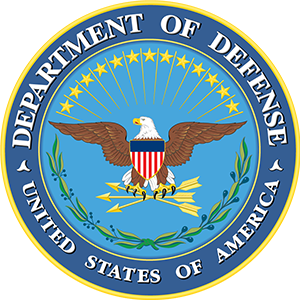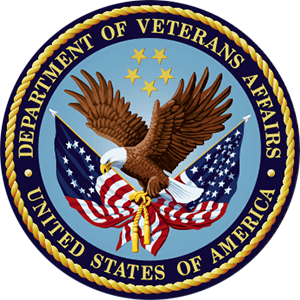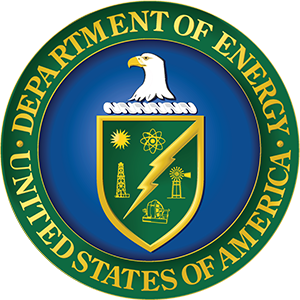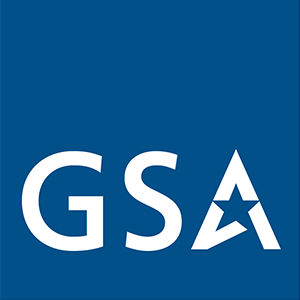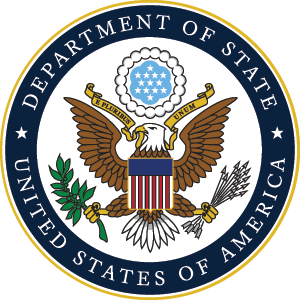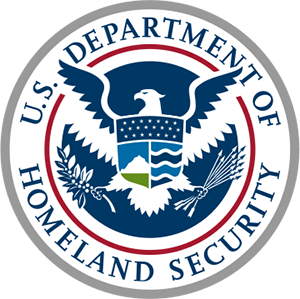In the first of a two-part series on emergency lighting, we’ll review the basic functions of an emergency lighting system. We'll also discuss applicable codes such as the Unified Facilities Criteria and NFPA 101 (National Fire Protection Association). We’ll then present a detailed review of how you can provide emergency lighting when you have centralized emergency power sources such as generators or central battery inverters.
Instructors
Steven Mesh, LC, IESNA, Principal, Lighting Education & Design Read Bio
Steven Mesh, LC, IESNA, is the principal of Lighting Education & Design based in Honolulu. Steve has been a lighting designer and educator for 44 years. A member of the Illuminating Engineering Society, Steve was the IES/Northeast Regional Vice President. He was also part of the development team for the California Advanced Lighting Controls Training Program. Steve has taught lighting and controls for 40 years. He won an IALD award for the Palm House at Dowling College and an EPRI award for Brower Commons at Rutgers University. Since 1992, he has taught many workshops at LightFair and has spoken at Lux Pacifica in New Delhi, India.
Learning Objectives
Upon completion of this course, attendees will be able to:
- Review the basic functions of an emergency lighting system;
- Understand applicable code requirements as noted in the UFC that affect emergency lighting and controls;
- Review specific requirements listed in NFPA 101 and NEC Article 700 that are referenced in the UFC;
- Examine lighting and control equipment designed to provide emergency lighting when you have a centralized source of emergency power.

